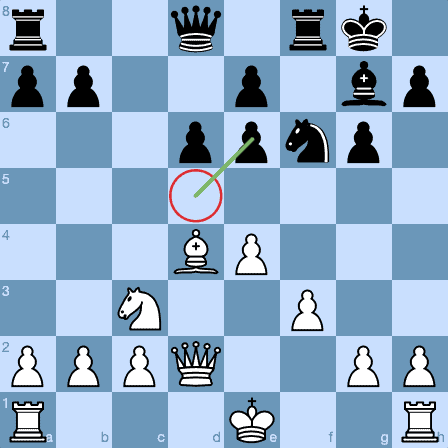We have been looking at the Sicilian Dragon this week, with an examination of the opening’s basics and also a selection Dragon checkmates.
Today we are delving into the new course – Lifetime Repertoires: Dragon Sicilian – to find out what Grandmaster Anish Giri recommends against the potentially deadly Yugoslav Attack. Can he make the Dragon as fearsome as the splendid artwork by Adam Genesis suggests it could be?
Fighting Back Against the Yugoslav Attack
The Yugoslav Attack arises after the moves: 1.e4 c5 2.Nf3 d6 3.d4 cxd4 4.Nxd4 Nf6 5.Nc3 g6 6.Be3 Bg7 7.f3.
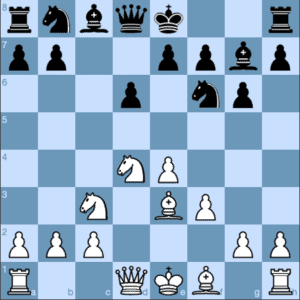
Anish follows up his Introduction and Quickstarter Guide by jumping straight into coverage of this most testing of variations. Indeed, he devotes five chapters of the course to his thoughts and analysis, from Black’s point of view – stressing the importance of the variation along the way.
‘The so-called Yugoslav Attack – the setup with Be3, f3, Qd2 and eventual long castle – is definitely THE way to go for White against the Dragon. At the high levels, White chooses this most ambitious setup in 90% of the games, and I believe that number lies even higher when players expect to face the Dragon and have time to prepare. At the same time, club players and also many strong amateurs are familiar with this setup. This is why the Yugoslav Attack is the core of our repertoire.’
The recommended move for Black is 7…0-0.
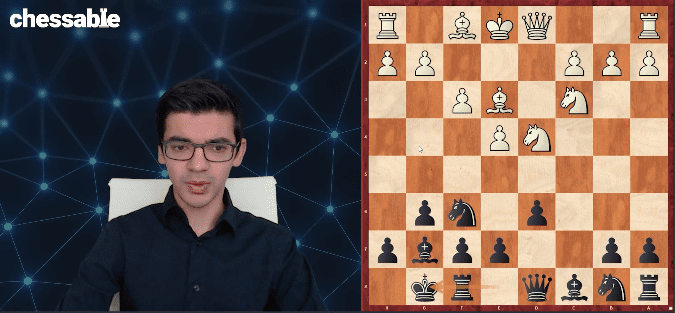
The Familiar 9.Bc4 Against the Dragon Sicilian
For many years, both players automatically headed straight for the following position.
8.Qd2 Nc6
9.Bc4
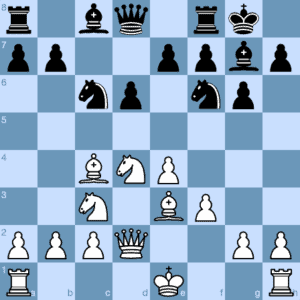
This is undoubtedly a very familiar sight at club level, which means Dragon players must do their homework to avoid being swept off the board. White is limbering up for 0-0-0, g4, h4, h5 and a timely Bh6. This plan is the best way to win quickly against an ill-prepared Dragon.
Incidentally, the two big alternatives to 9.Bc4 are 9.0-0-0 (against which Black exploits the lack of the bishop on c4 – which would protect d5 – by breaking out with 9…d5) and 9.g4 (which is met in this course by the ‘counter-intuitive’ 9…Be6). For today’s post, we are sticking with 9.Bc4, but of course the other two options are covered in great detail by Anish.
‘This is the old main line and a system you are likely to encounter a lot as a Dragon player. In this course, I propose a relatively rare system that sidesteps the old theory which unfortunately is filled with all sorts of unsatisfying conclusions for Black (which is why the Dragon hasn’t been that popular at the highest level for a while already).’
This doesn’t mean Anish skips the older theory; far from it, in fact:
‘Still, given that there is so much heritage and theory, and even though I do recommend sidestepping it, I feel obliged to give you the full overview first.’
It is definitely worth reacquainting itself with the older lines, so do not be tempted to slip the chapter in question.
Grandmaster Giri’s Recommendation
The old main line continues with 9…Bd7, but Anish prefers direct action with:
9…Nxd4
10.Bxd4 Be6
Of course, this is not a new way of playing, but it looks all set for a major revival, as Dragon players begin to absorb the material in this course.
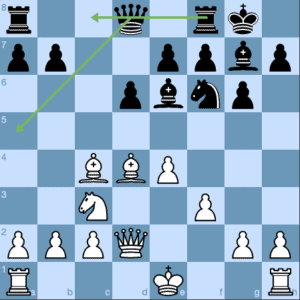
‘This is a rather old line that has always been there, but was not thought to give Black adequate play. Now, with the help of modern computers, I managed to fully rehabilitate it and the old conclusions were completely overthrown. Besides being the top choice of the best engines against the 9. Bc4-system, this approach is also very logical and very direct. We want to develop our pieces to the most active squares right away and start our play on the queenside as soon as possible.’
White is put on the spot. What to do about the bishops? 10.Bb3 and 10.Bxe6 are the only serious alternatives.
Yugoslav Attack: 10.Bxe6
10.Bxe6 is the choice which tries to compromise Black’s structure, by forcing doubled pawns upon the opponent after 10…fxe6.
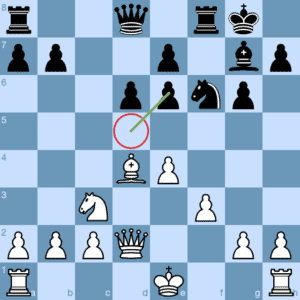
A classical chess education will alert the student to the downfalls of doubled pawns, but the story is not always so simple.
‘The bishop trade does double Black’s pawns, but it strongly reinforces our central control, as the important d5-square will now be guarded by our e6-pawn.’
11.0-0-0
‘White has to castle long if he wants to get anything in this particular line, but also in the Dragon in general. Our only fundamental issue is a potentially vulnerable king.’
I don’t want to give away too much of the analysis, but after a few more moves the following position is reached.
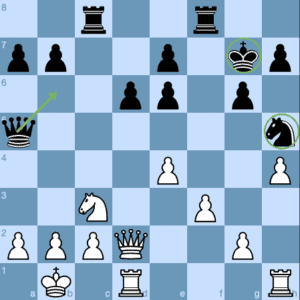
‘Black has a comfortable position. White’s kingside play is blocked, as 16.g4?! is well met with both 16…Nf4 as well as 16…Ng3!?. We control all the key squares in the center and next we can think of doubling on the c-file or advancing our queenside pawns eventually.’
The black queen is particularly effective here. She not only bothers the White king, but also patrols Black’s fourth rank in exemplary fashion. If every Yugoslav Attack reached this position, then the Dragon would be very popular indeed.
Yugoslav Attack: 10.Bb3
10.Bb3 can also be played.
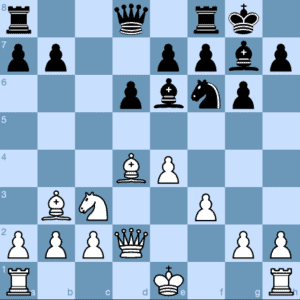
‘Apart from this being the most popular move, it also feels right. White parks the bishop on b3 and asks Black what he has achieved by playing Be6.’
This time, there will not be a trade of bishops to double the pawns – not even by Black, white has bigger fish to fry. After 10…Qa5 (note how this flexible move keeps popping up in the Dragon Sicilian) we reach this position.
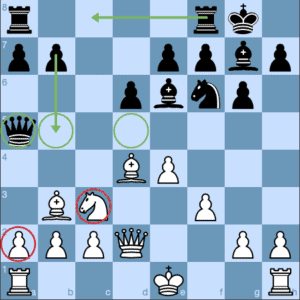
Where is Black’s play is coming from over the course of the next few moves? The helpful arrows from the course provide plenty of clues. However, once again I do not want to give away too many of the course’s secrets. Therefore we shall fast-forward a few moves to find a position which is typical of what Black is hoping to achieve.
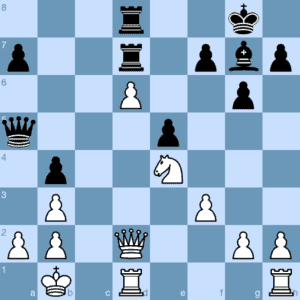
White has worked hard to create – and maintain – a protected passed pawn. Yet, as Anish demonstrates, Black is now ready to assume control with a couple of counter-attacking jabs.
22…f5!
‘Undermining the knight and picking up the d6-pawn next.’
23.Ng5
‘The d6-pawn is doomed and now the easiest is probably to pin the knight and follow up with Qc5 and Rxd6.’
23…Bh6!?
‘Followed by Qc5 and Rxd6, equalizing the material and ending up with a pawn majority in the center.’
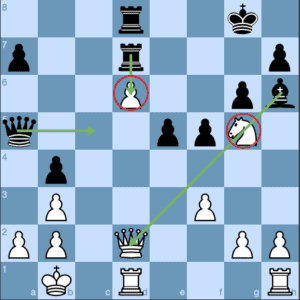
It is here, with the Dragon bishop influencing the play after sliding along to a new diagonal, that we leave our little investigation into Lifetime Repertoires: Dragon Sicilian. Anish has clearly worked hard to deliver a full and exciting repertoire for Black against 1.e4. The anti-Sicilians are covered too, from the second move onwards.
Chessable Courses
In addition to the full Lifetime Repertoires: Dragon Sicilian course, there is also a Short and Sweet version.
This course also focuses on the Yugoslav Attack, so there has never been a better time to hone your Dragon skills against the greatest test of all. We are looking forward to seeing plenty of new games in this fascinating and combative opening.


